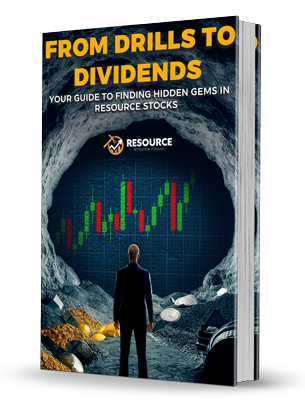America’s Mountain of Gold Imports: A Cause for Concern
In the first quarter of 2025, the United States quietly imported over 600 tons of gold from London and Switzerland, as reported by the World Gold Council. This massive influx of precious metal is reminiscent of a bygone era when central banks aggressively stockpiled gold. With geopolitical tensions rising and central banks around the world hoarding gold, prudent investors should take note of this dramatic shift in commodities dynamics.
The Surge in Gold Imports
Despite reassurances from economists that the surge in gold imports was merely a statistical oddity due to bullion banks hoarding ahead of impending tariffs, the underlying dynamics merit closer scrutiny. For context, the world’s central banks purchased 1,062 tons of gold last year, signaling a notable appetite for the metal not seen since the 1950s. This raises a significant question: what insights do these central banks possess that the average investor does not?
The Role of Geopolitical Tensions
Countries such as Russia and China have been stockpiling gold at an unprecedented pace, further complicating the geopolitical landscape. With China recently permitting local firms to buy gold using foreign currency, it becomes evident that the strategic significance of gold in the monetary system is being re-evaluated. If China were to convert even a fraction of its Treasury holdings into gold, the implications would be profound, sending ripples through both the market and global financial stability.
A Departure from Paper Assets
Traditionally, gold markets have operated largely on paper transactions, but the current scenario suggests a physical movement of gold bullion—real assets crossing oceans and landing in U.S. vaults. This shift raises alarms. Unlike typical market behavior, this influx of actual gold indicates that significant players within the global economy might be positioning themselves for a shift away from paper assets toward tangible hard assets.
The Threat of Monetary Collapse
While U.S. officials recently confirmed that nothing unusual is occurring within Fort Knox, speculation surrounding the state of U.S. gold reserves still lingers. Amid rising debt levels and growing fiscal obligations, history suggests that governments facing monetary collapse often “reset” their economic systems. In circumstances where paper currencies falter, gold emerges as the asset that retains value, signifying a potential paradigm shift in the value hierarchy of money.
The Impending Global Reset
As highlighted by Ray Dalio, founder of Bridgewater Associates, we may stand on the precipice of a significant debt cycle reset. With the Bretton Woods system now approaching its 81st year, the risks of currency debasement loom large. Investors must recognize that when such resets occur, history shows that gold holders will significantly dictate the new economic framework.
Navigating the Investor Landscape
With central banks accumulating gold and geopolitical players reassessing their monetary strategies, the message for investors is clear: remaining oblivious to gold’s rising relevance could spell disaster for those tethered solely to traditional assets like stocks and bonds. Holding a well-diversified portfolio that includes gold provides a hedge against economic volatility.
Strategies for Investors
Prominent investors, including Warren Buffett, have historically missed substantial opportunities by neglecting precious metals. Now, with central banks signaling a renewed focus on gold, one must ponder the adequacy of existing asset allocations. Integrating gold into investment strategy is not merely about owning a commodity—it also reflects an acute awareness of changing market dynamics.
Moreover, some experts suggest that cash remains a kingmaker during turbulent times. Maintaining liquidity prepares investors for extraordinary asset opportunities that may arise during market upheaval. Thus, balancing a mix of cash reserves, gold, and equities could render well-rounded portfolios more resilient to financial turbulence.
Conclusion
The recent trend of substantial gold imports to the U.S. could be considered alarming for investors who fail to gauge its significance. As central banks engage in the age-old game of monetary policy, this is a critical reminder of the importance of diversification in preserving wealth. As the adage goes, he who holds the gold indeed has the power to shape the rules of the game.















